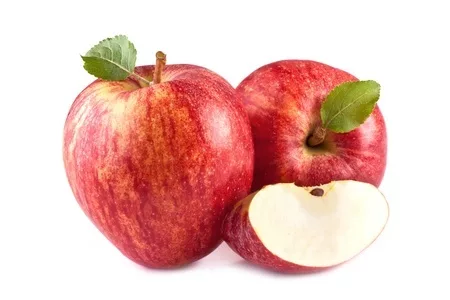New Report: Food in Europe is “Largely Free of Pesticide Residues”

The European Food Safety Authority (EFSA) released results from its most recent annual testing of pesticide levels in food. EFSA says that “Europeans continue to eat food that is largely free of pesticide residues or which contains levels of residues within legal limits.”
As part of its annual report, EFSA analyzes the results of the EU-coordinated control programme (EUCP), under which reporting countries analyze samples from the same “basket” of food items and for the same pesticides. For 2016 the products were apples, head cabbage, leek, lettuce, peaches, strawberries, tomatoes, rye, wine, cow’s milk, and swine fat.
The reporting countries analyzed 84,657 samples for 791 pesticides.
A few findings from this latest report include:
- 96.2 percent (81,482) of the samples were within limits permitted in EU legislation and 50.7 percent of the tested samples were free of quantifiable residues.
- In the previous reporting year (2015), 97.2 percent of samples were within the legal limits and 53.3 percent were free of quantifiable residues. The difference is mainly attributed to the finding of chlorate residues, a compound that was included for the first time in the 2016 control programmes to support ongoing work to establish maximum residue levels (MRLs).
- The majority of the tested samples (67 percent) originated from EU Member States, Iceland and Norway; 26.4 percent concerned products imported from third countries. For 6.6 percent of the samples, the origin of the products was unknown.
- Legal limits were exceeded in 2.4 percent of samples for products from EU and EEA countries, legal limits were exceeded in 7.2 percent of the samples from non-EU countries.
- Of the 1,676 samples of food intended for infants and young children, 98.1 percent were within the limits permitted in EU legislation; 89.8percent of the samples were free of quantifiable residues.
- 5,495 samples of organic food were taken in 2016, of which 98.7 percent were within legal limits; 83.1 percent of the samples were free of quantifiable residues.
The lowest MRL exceedance rates were identified for rye (0.7 percent), followed by head cabbage (1.1 percent) and strawberries (1.8 percent). The highest exceedances were found for apples (2.7 percent) and tomatoes (2.6 percent).
EU Commissioner Vytenis Andriukaitis says that the EFSA’s annual testing and reporting continues to prove that the EU is complying with set food safety standards. “Every year, thousands of food products are controlled by Member States to check that the legal limits are being respected: we owe it to European citizens to make sure that the EU's food chain not only remains the most stringent and controlled in the world but is one that we are very serious about continuously improving.”
To coincide with the publication of this year’s report, EFSA has developed a simple graphical tool that enables users to see the main findings by country and food product. The new tool is available in four languages and complements the existing data “dashboards”, which present the results in greater detail and allow comparison with previous years.
Read the latest report online now.
Sign up for Food Safety Magazine’s bi-weekly emails!
Subscribe to our podcast: Food Safety Matters!
Looking for quick answers on food safety topics?
Try Ask FSM, our new smart AI search tool.
Ask FSM →








